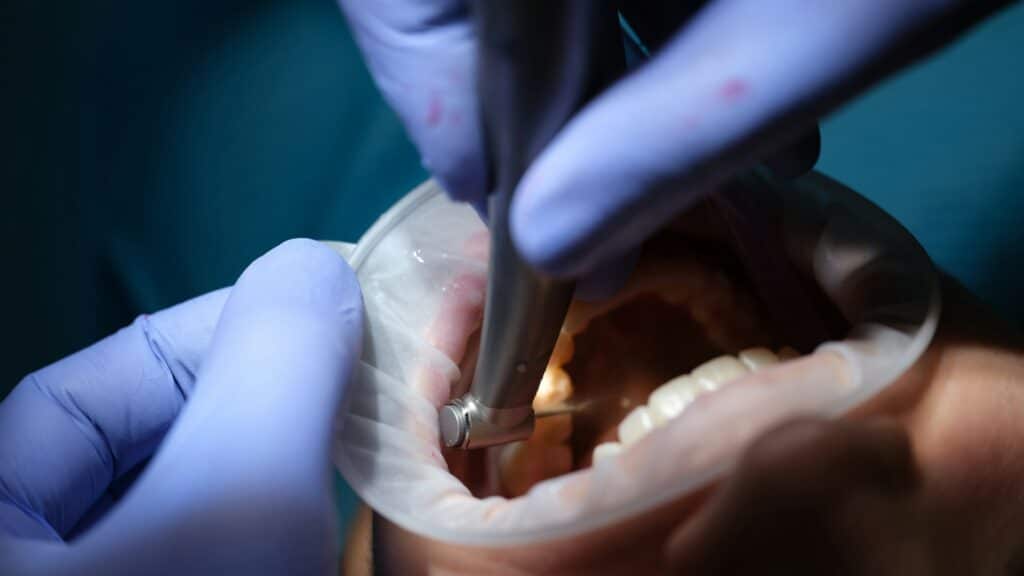Accidents, decay, and wear can all contribute to damaged or missing teeth, impacting the function and appearance of your smile. Crowns and bridges are common restorative dental treatments used to repair or replace damaged teeth, helping to restore your oral health and enhance the beauty of your smile. As a family dental care provider in Pickering, ON, we understand the importance of preserving your natural teeth, as well as providing solutions when tooth damage or loss occurs. We are committed to delivering comprehensive and informative content to assist you in making informed decisions about your dental care options.
In this article, we will explore the world of crowns and bridges, diving into their roles in restorative dentistry, the materials used, and the procedures involved in the creation and placement of these dental restorations. Additionally, we will discuss the benefits of crowns and bridges, including their ability to improve your oral health, function, and aesthetics, as well as tips for maintaining your dental restorations and prolonging their longevity.
Understanding Dental Crowns
Dental crowns are tooth-shaped restorations that completely cover or “cap” damaged teeth, effectively protecting and strengthening them. They can also be used in conjunction with dental implants to replace missing teeth. Crowns play a vital role in restorative dentistry for the following situations:
1. Repairing damaged teeth: Teeth with significant decay, fractures or cracks, or those that have undergone root canal therapy can be restored with dental crowns.
2. Improving aesthetics: Sometimes, crowns may be used to enhance the appearance of discoloured or misshapen teeth.
3. Replacing missing teeth: When used in conjunction with dental implants, crowns can replace a single missing tooth or multiple teeth, depending on the patient’s needs.
Dental Crown Materials
Several materials can be used to create dental crowns, including porcelain, resin, metal, or porcelain fused to metal (PFM). The choice of material often depends on the location of the tooth, aesthetic preferences, and other factors:
1. Porcelain: Porcelain crowns are popular for their natural appearance, closely resembling the colour and translucency of natural teeth. They are often used for front teeth.
2. Resin: Resin crowns can be more affordable than other materials and can be colour-matched to your natural teeth. However, they tend to be less durable and may require replacement sooner.
3. Metal: Metal crowns, typically made from alloys like gold or stainless steel, are highly durable and often used for molars that are not visible when smiling.
4. Porcelain Fused to Metal (PFM): PFM crowns combine the benefits of both porcelain and metal, offering durability as well as a natural-looking appearance.
All About Dental Bridges
Dental bridges are restorative dental treatments used to replace one or more missing teeth. A bridge is made up of two or more dental crowns, called abutment teeth, which are placed over the natural teeth adjacent to the gap, and one or more artificial teeth, called pontics, that fill the gap. The main types of dental bridges include:
1. Traditional Bridges: These bridges consist of a pontic(s) held in place by two dental crowns. Traditional bridges can be used when there are natural teeth on both sides of the gap.
2. Cantilever Bridges: Cantilever bridges involve attaching the pontic(s) to a single abutment tooth. This type of bridge may be used when there’s only one natural tooth next to the gap.
3. Maryland Bridges: These bridges use a metal or porcelain framework to hold the pontic(s) in place, preserving more of the adjacent tooth structure. They are typically used for replacing front teeth.
Benefits of Crowns and Bridges
Crowns and bridges offer numerous advantages for improving your oral health, function, and aesthetics:
1. Restored Function: Both crowns and bridges provide a stronger bite and improved chewing capabilities by supporting and replacing damaged or missing teeth.
2. Aesthetic Improvements: Dental crowns and bridges restore the natural look of your smile by covering unsightly teeth or filling gaps left by missing teeth.
3. Oral Health Benefits: Crowns and bridges help prevent further deterioration of damaged teeth and reduce the risk of adjacent teeth shifting into the gap left by missing teeth.
4. Longevity: With proper care and maintenance, crowns and bridges can last for many years, providing a durable and cost-effective dental solution.
Caring for Your Dental Restorations
Maintaining good oral hygiene and regular dental check-ups are essential for the longevity of your dental crowns and bridges:
1. Brush and floss daily: Keeping your teeth and gums healthy is essential for the success of your dental restorations.
2. Avoid hard or sticky foods: Some foods can potentially damage your dental crown or bridge, so it’s best to avoid them.
3. Schedule regular dental check-ups: Regular check-ups will help ensure the continued health and success of your dental restorations.
Conclusion
Dental crowns and bridges are valuable tools in restorative dentistry, helping to repair or replace damaged teeth and restore your oral health and smile. By understanding the procedures and benefits associated with these restorations, you can make knowledgeable decisions about your dental care. Our dedicated team of dental professionals at Pickering Dental Services is here to provide comprehensive and compassionate care, helping you achieve a healthy, beautiful smile.
Contact us today to schedule a consultation and learn more about how crowns bridges and other dental services in Pickering can enhance your smile and improve your oral health.



